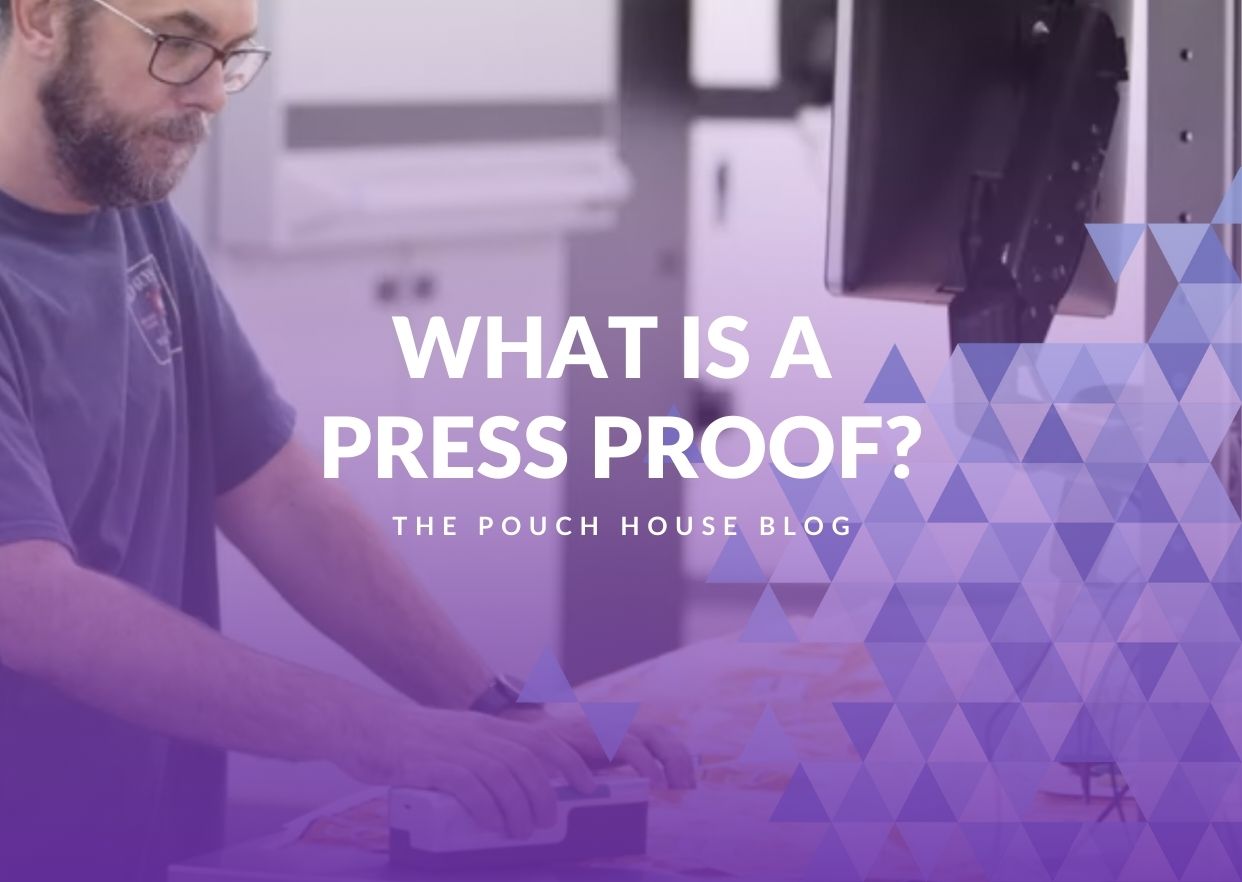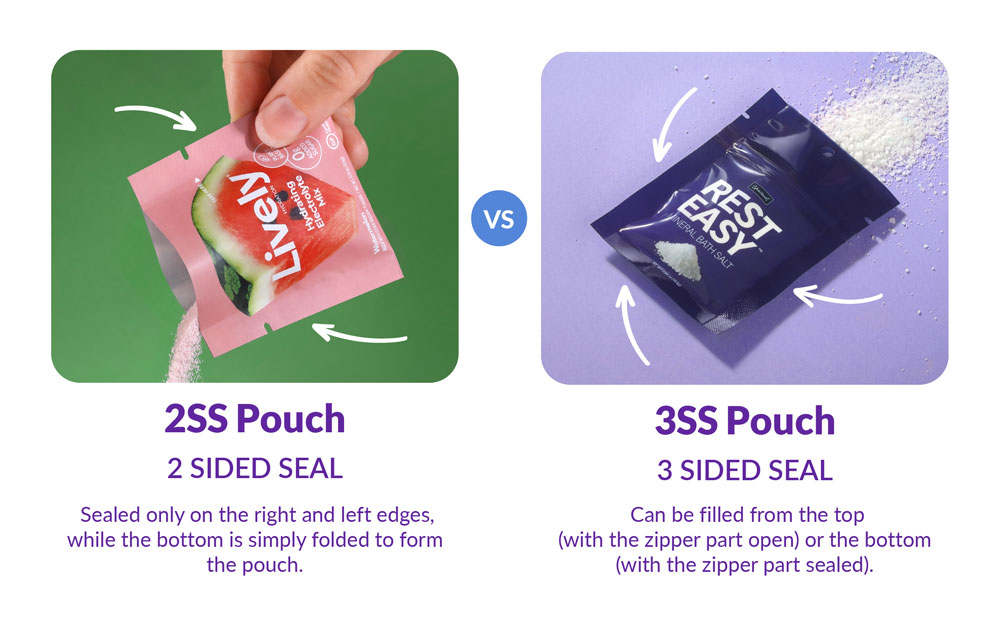
What Is A Press Proof?
You’ve heard the cliches; “Look before you leap.” or “Measure twice, cut once.”....well, in the printing world a proof helps you do just that.
A proof, typically in a digital format like a PDF or JPEG, is a press-ready file of your artwork. The purpose of a proof is to confirm that the copy/assets, design positioning, and dimensions are accurate before printing. It's a critical step in the printing process to ensure that the final printed product matches your expectations.
Once approved, the customer is responsible for un-found errors after the fact. To avoid lost production time and costly re-prints, it’s essential a proof is thoroughly examined.
Let's walk through the different kind of proof options out there so you can determine what's best for you.
Digital Proofs
A digital proof works for a large majority of print customers across all products. Especially for lower cost, commoditized products such as business cards or pens. If you've determined that you're working with a trustworthy printer with experience, then we'd suggest keeping the proofs digital if possible. Tip: Be sure to get plenty of samples from each printer you're vetting to inspect their quality and material options.
Pros:
Usually included in the cost of your project.
Quick response /approval via email.
Easy to annotate and send changes.
Cons:
Not all computer screens are created equal: Color on your screen may look different on the printers.
Not tangible.


What is a Press Proof?
A press proof is a physical representation of the final printed product that comes straight from the printing press. The film material used to make the press proof will be the same material as you requested when you had your job quoted. Note: If your project is laminated to a metallized or white film, a swatch of that material will be sent to illustrate that.
Normally a digital press is only capable of making a press proof. The set up for larger presses, such as flexo and gravure, are too costly and timely. (*see press check below)
Pros:
Ensuring accurate color reproduction: Press proofs allow you to check the color accuracy of your printed product. This is especially important for packaging, where accurate color reproduction is essential for branding and marketing purposes. Very important for PMS color matches that run on digital presses.
Easier to conceptualize and communicate to stakeholders.
- Can be used as reference for re-runs to ensure consistency on future orders.
Cons:
Adds to cost. (usually not much, but it depends on the amount of SKU's and press proofs needed)
Extends leads times. Not viable for rush orders.
- Has to be shipped, which opens risk to carrier delays.
Note: A press proof differs from what's called a "contact proof". A contact proof is done on wide format printer, not the printing press. Color will not be the same as it is manufacturing, but it will act as a great guide for checking assets and template alignment.
One Step Further: Press Checks
A press check is a physical visit to the vendors facility to inspect the printed product during the printing process. This is an opportunity to make any adjustments on the fly. Once approved, your job is running immediately.
Pros:
- Ability to fine tune color.
- The most accurate and "real time" approval process.
- Great opportunity to bond with your vendor in-person and tour their facility.
Cons:
- Travel expense and time.
- No guarantee the press check will be completed during "normal" business hours.
- If you have trouble hitting color, the process can take several hours. (and days depending on the amount of SKU's)
All proofs are essential tools for ensuring the quality of your printed product. By using these tools, you can catch errors early, ensure accurate color reproduction, and set expectations before the entire print run is completed.
Interested in a press proof for your project? Be sure to ask a packaging specialist about pricing and timing.

